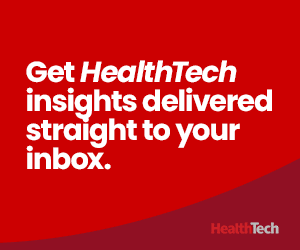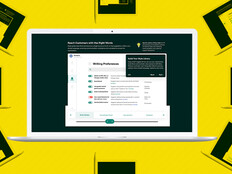How LCNC Eases Healthcare Workflows
LCNC platforms empower frontline staff, says Purushothaman.
“Nurses, care coordinators and other nontechnical staff can act as ‘citizen developers’ and create custom workflows without writing a single line of code,” he explains. “Think of how this decentralizes innovation. It also ensures that solutions are designed around real clinical and operational needs.”
Among its use cases in healthcare, LCNC could lessen the amount of manual paperwork, boost operational efficiency and bring savings in development costs, according to Kenneth Harper, general manager of Dragon product management at Microsoft.
“Healthcare organizations are increasingly using LCNC platforms to streamline clinical workflows, especially those that are time-sensitive or prone to manual errors,” Harper says.
Health systems can build LCNC applications to enable care coordination; for instance, using Microsoft PowerApps to automate patient handoffs from the emergency department to an inpatient unit, Harper suggests.
RELATED: Leverage AI for app modernization with CDW’s SAMA.
“Instead of relying on phone calls or paper forms, the ED team completes a digital form that instantly alerts the receiving unit with relevant patient details,” he says.
Hospitals can also use Power Automate — a cloud-based, AI-powered platform that requires minimal code — to send appointment reminders or inform care managers when high-risk patients miss follow-ups, he adds. Microsoft offers templates to create apps for care management and patient outreach.
“These solutions are fast to deploy, secure and scalable,” Harper says. “They integrate with electronic health records, FHIR [Fast Healthcare Interoperability Resources] application programming interfaces and centralized data sources such as Microsoft Dataverse, ensuring compliance and interoperability.”
PowerApps also lets hospitals digitize their patient intake and referral processes, Harper explains.
“This flexibility empowers healthcare organizations of all sizes — from large hospital systems to small clinics — to solve everyday challenges with low-code tools,” Harper says. “They’re building apps to schedule appointments, track equipment maintenance, manage clinical trials and even enable patient self-service portals, all within the Power Platform.”
The ease and accessibility that LCNC provides for clinicians, nurses or department analysts enable the democratization of app development, according to Harper.
“This empowers frontline healthcare workers to solve the problems they understand best, without waiting in a long IT queue,” Harper says.
LCNC and Cross-System Integration
LCNC software leads to cross-system integration workflows, especially when standard interfaces between systems exist, says John Hataway, senior director of continuous improvement and automation for Savista, a revenue cycle services provider for healthcare.
“These capabilities can be leveraged in several ways: extracting relevant clinical data from medical records, standardizing data from nonstructured records for workflow integration, developing cross-system data and records transfers or triggering notifications based on specific events,” Hataway explains.
LCNC platforms can also provide automated processes to enable EHR integration and synchronization.
“Prebuilt connectors make it easier to exchange patient data across systems like Epic or Oracle Health without writing custom code,” Purushothaman says.
LCNC also allows automation for clinical decision support, automated documentation and workflow orchestration across departments, he says.
Harper stresses the importance of integration, because low-code apps bring the most value when healthcare organizations connect them to core systems.
“The goal is to avoid data silos; apps should feed into centralized, interoperable systems like Dataverse so that information is accessible and compliant,” Harper says. “This not only improves data quality but also ensures retention and privacy policies are applied consistently.”












